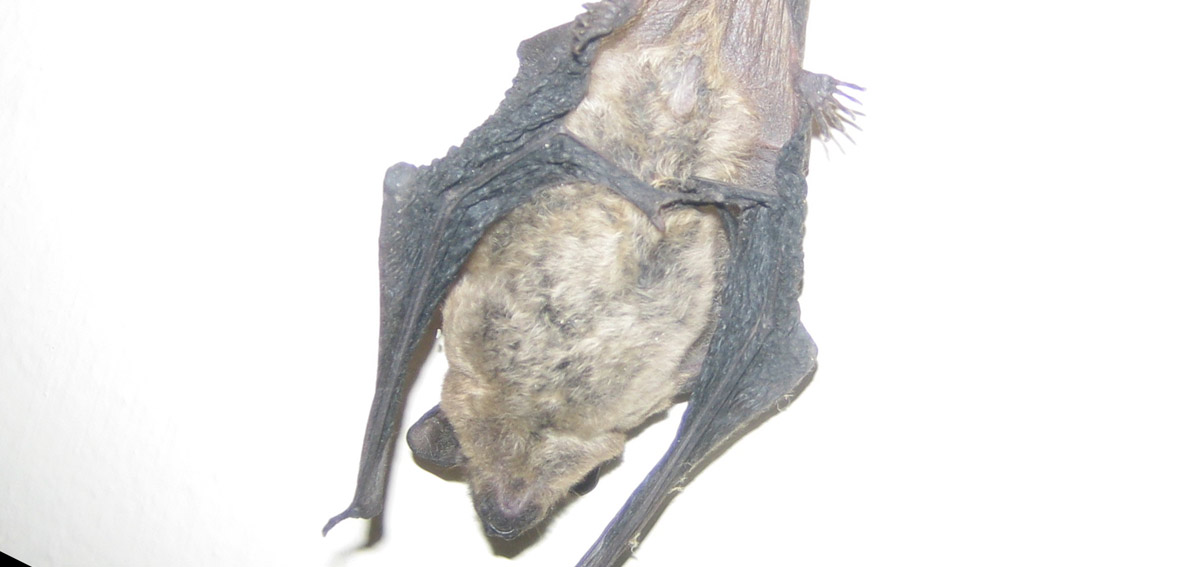- USA Wildlife Removal Education Guide - Should I Relocate a Bat?
Should I Relocate a Bat?

Wrong. Bats have a powerful homing instinct and can find their way back even from several hundred miles away. And besides, keeping the bat around can have highly beneficial effects, particularly if your home is in an area given to lots of evening dew and vegetation that invites the presence of mosquitoes and other bugs – bats’ favorite foods.
Most wildlife experts encourage homeowners to tolerate, even welcome the animals since they are voracious feeders that can consume several hundred bugs in a single night. Released at dusk the captured animal will quickly rejoin its colony and commence feeding.
Most commonly, the relocation issue relates to bat colonies that have established itself in the attic of a home, with the resulting noises and odors reaching levels that are no longer tolerable to the owner/residents. In such cases, relocation can be both an acceptable alternative and an effective one: a multi-stage operation that doesn’t involve long-distance transport. Rather it entails creating a solution that is beneficial both to homeowner and bats.
Bats occupy attics because the space is warm, dry and safe. So the process must involve both removing them from the attic and providing them with an alternative place to live. Effective bat exclusion begins with observing their evening behavior to learn where and how they leave and enter the premises. Next, it is necessary to physically close off their entry-exits points. In doing so, it is important to examine their roosting area to assure there are no bats still inside -- including babies whose mothers may be out foraging. If there are babies, hold off on the exclusion process for three or four weeks until they are ready to be on their own.
With the attic closed off, the bat colony still needs a place to live and the homeowner can provide one at relatively low cost. Bat houses are available from a variety of sources. They should be placed on poles in an open space on the property. Bats don’t like being close to the ground, so the bat house location should be about 20 feet high so they can fly right up to it.
So while long distance relocation is not considered a viable solution, one that simply moves the colony out of your house and into one of its own can be the best of both worlds.
If you need help, we service the entire USA! Click here for a wildlife removal specialist in your town!
Go back to the main Bat Removal page for more information about Should I Relocate a Bat?.

